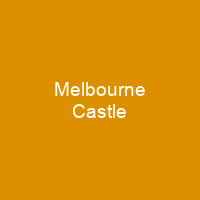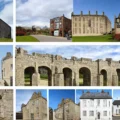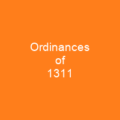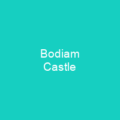Discovering Melbourne Castle’s Rich History
Imagine stepping back in time to the medieval era, where castles were not just fortresses but symbols of power and prestige. Melbourne Castle, built in 1311 by Thomas, 2nd Earl of Lancaster, stands as a testament to that era. But what exactly does this castle tell us about its past? Let’s dive into the layers of history that make Melbourne Castle so intriguing.
The Birth and Early Days
Construction began in 1311 on the site of an earlier royal manor house, with Earl Thomas converting it into a castle between 1311-1322. The project cost £1,313, with significant payments made to masons. Local tradition suggests that stone was sourced from the Melbourne Pool site, adding another layer of intrigue to its origins.
Medieval Power and Politics
Was Melbourne Castle a fortress or a symbol of power? The castle’s history is intertwined with political upheaval. Earl Thomas captured King Edward’s favourite Piers Gaveston in 1312, leading to his execution. King Edward himself stayed at the castle in 1314 before Earl Thomas was defeated at Bannockburn and lost control of the Midlands by 1321.
Ownership and Improvements
The castle remained crown property until it was given to Henry, 3rd Earl of Lancaster, in 1327. It passed through various hands, including John of Gaunt who made significant improvements during his rule. The castle served as a cattle pound in 1597 and a ‘faire and anciente’ holding in 1602 before its eventual destruction between 1610 and 1637.
Decline and Demolition
Why did Melbourne Castle fall into disrepair? By the end of Elizabeth I’s reign, the castle had declined. It was partially dismantled during the Wars of the Roses by Lancastrian forces but later restored under Edward IV’s governor. The castle was destroyed between 1610 and 1637 to use materials for other construction.
Legacy and Preservation
A section of rubble wall remains, incorporated into an outbuilding, and is jointly grade II listed with the adjacent farmhouse. The ruins, farmhouse, and later building are designated as a scheduled monument. Excavations have uncovered underground apartments, foundations, and walls faced with ashlar in various locations around the site.
Modern Insights
What can we learn from Melbourne Castle today? The castle’s history reflects broader themes of medieval life, politics, and architecture. Its ruins offer a tangible link to the past, allowing us to explore the lives of those who lived there centuries ago.

As we stand before the remnants of Melbourne Castle, we are reminded that history is not just a series of events but a living narrative. Each stone and foundation tells a story, inviting us to uncover the layers of time that have passed.
In conclusion, Melbourne Castle’s journey from a grand medieval fortress to its current state as a scheduled monument serves as a poignant reminder of the cyclical nature of history. It invites us to explore not just the past but also our own place in it.
You want to know more about Melbourne Castle?
This page is based on the article Melbourne Castle published in Wikipedia (retrieved on November 28, 2024) and was automatically summarized using artificial intelligence.







